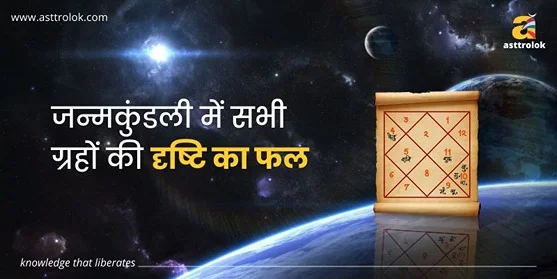
Dussehra, also known as Vijayadashami, is a significant Indian festival that unites people in the celebration of good prevailing over evil. In this blog, we'll explore the essence of Dussehra, its cultural importance, and the various customs and celebrations associated with it.
learn more about Indian Festivals. Get an online astrology consultation by the world-renowned astrologer Mr. Alok Khandelwal.
The Origins of Dussehra
Dussehra falls on the tenth day of Navaratri, a nine-day festival, marking the end of the celebration. The word "Dussehra" comes from two Sanskrit words: "Dasha," which means ten, and "Hara," which means defeat. It symbolizes the day when Lord Rama defeated the demon king Ravana, as narrated in the epic Hindu text, the Ramayana.
The story of Lord Rama's victory over Ravana teaches us about the ultimate triumph of good over evil, making Dussehra a symbol of righteousness.
Significance of Dussehra
Dussehra holds cultural and spiritual significance for Hindus. It's a day to reflect on the values of morality and righteousness, exemplified by Lord Rama. The festival reminds us that good will always conquer evil, regardless of how powerful the evil forces may seem.
In North India, Dussehra also signifies the harvest season and the victory of the sun (good) over the rainy season (evil). It's a time for people to express their gratitude for the tools and machinery that play a crucial role in their livelihoods.
Read also: Zodiac Signs and Parenting Styles
How Dussehra Is Celebrated
Dussehra is celebrated with various customs and traditions, and the specific practices can differ from one region to another. Here are some common ways in which Dussehra is celebrated:
1. Ram Lila Performances: In many places, intricate plays called "Ram Lila" are performed to depict the life and journey of Lord Rama. These performances are both a source of entertainment and an opportunity for religious education.
2. Burning of Effigies: One of the most iconic Dussehra traditions is the burning of effigies representing Ravana, his brothers Meghnad and Kumbhkaran, and sometimes, his son Indrajit. This act symbolizes the victory of good over evil.
3. Processions: Vibrant processions featuring idols of Lord Rama, his wife Sita, his loyal brother Lakshmana, and the monkey-god Hanuman are taken through the streets, accompanied by music and dance.
4. Distribution of Sweets: As a symbol of love and goodwill, people share sweets and gifts with friends and family on Dussehra.
5. Worship of Goddess Saraswati: In certain regions, Dussehra marks the commencement of education and the arts. Students often start their educational journeys on this auspicious day, worshipping Goddess Saraswati for guidance.
The Relevance of Dussehra Today
Dussehra is not just a historical or religious event; it imparts valuable lessons that remain relevant in our lives today:
1. Uphold Morality: Dussehra encourages us to uphold moral values and choose the right path even when faced with challenges.
2. Stand Up Against Evil: It inspires us to confront and combat evil and injustice in our society.
3. Promote Unity: Dussehra fosters a sense of unity and togetherness among communities.
4. Celebrate Cultural Diversity: The regional variations of Dussehra showcase India's diverse cultural heritage, fostering understanding and appreciation of different traditions.
Dussehra is more than just a festival; it's a celebration of the human spirit's capacity to conquer darkness with the light of goodness. As we come together to celebrate Dussehra, let us not only rejoice in the victory of good over evil but also make a commitment to live our lives in a way that upholds the values of righteousness, morality, and compassion.
Dussehra serves as a reminder that in a world filled with challenges, goodness can always prevail over darkness, and it is up to each of us to be the bearers of that light.
Wishing you all a Happy Dussehra!
Comments (0)
Categories
Recent posts


जन्मकुंडली में ...
30 Aug 2023
Importance of Bhakoot Koota in Kundali ...
30 Aug 2023

.webp)














